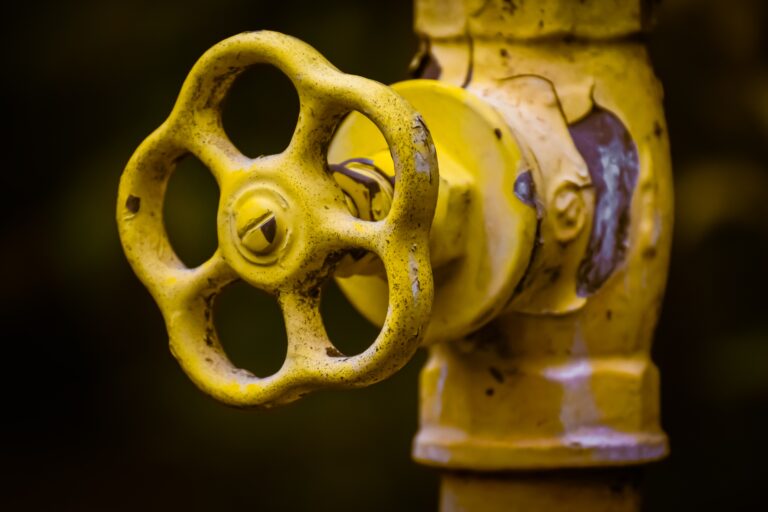How Does an Isolation Valve Work
Have you ever wondered how an isolation valve works? This essential component plays a crucial role in controlling the flow of fluids and gases in various systems and industries. Understanding its functioning can provide valuable insights into its importance and applications.
What is an Isolation Valve?
An isolation valve is a type of valve that is used to stop or regulate the flow of fluid in a system. It is typically installed in a pipeline or plumbing system and is designed to be easily operated to shut off the flow of fluid when needed.
How do Isolation Valves Work?
Isolation valves work by providing a barrier between different sections of a piping system, allowing for the isolation of specific areas for maintenance or repairs.
The basic principle behind isolation valves is the use of a movable disc or ball that can be manipulated to either allow or block the flow of fluid. When the valve is open, the disc or ball is positioned in such a way that it aligns with the flow path, allowing the fluid to pass through. When the valve is closed, the disc or ball is rotated or moved to a position perpendicular to the flow path, effectively blocking the fluid from moving any further.
Isolation valves are typically operated manually, using a handwheel, lever, or gear. However, in some cases, they can also be automated and controlled remotely using pneumatic or electric actuators.
Where are Isolation Valves Commonly Used?
Isolation valves can be found in plumbing systems, where they are used to control the flow of water or other fluids, and are also used in heating and cooling systems, allowing for the shutdown or isolation of specific areas or components.
In industrial settings, isolation valves are frequently used in process piping to control the flow of gases, liquids, or other substances. They are crucial in preventing leaks, regulating pressure, and ensuring the safety of the overall system. Isolation valves can also be found in oil and gas pipelines, where they are used to isolate sections for maintenance or repairs.
Additionally, they are utilised in fire protection systems, allowing for the isolation of specific areas in the event of a fire.

What Types of Isolation Valves are Available?
There are several types of isolation valves available for different applications.
One common type is the gate valve, which uses a gate or wedge-shaped disc to block the flow of fluid.
Another type is the ball valve, which has a rotating ball with a hole in it to control the flow.
There are also butterfly valves, which use a disc that rotates to control the flow.
Additionally, there are globe valves, check valves, and plug valves, each with their own unique design and function.
What are the Advantages and Disadvantages of Isolation Valves?
Isolation valves have both advantages and disadvantages. On the positive side, isolation valves provide a means to shut off the flow of liquid or gas in a system, allowing for maintenance or repair work to be done without having to shut down the entire system.
This can save time and minimise disruptions to operations. Additionally, isolation valves can help prevent the spread of hazardous substances in the event of a leak or malfunction, enhancing safety.
However, there are also disadvantages to using isolation valves. One drawback is that they can be costly to install and maintain. Depending on the complexity of the system and the number of isolation valves required, the cost can add up. Another disadvantage is that isolation valves can introduce additional points of failure in a system. If a valve fails or becomes stuck in the closed position, it can disrupt the flow and cause issues.
Conclusion
In conclusion, understanding how an isolation valve works is crucial for anyone working with plumbing or industrial systems. With its simple yet effective design, this valve plays a vital role in controlling the flow of fluids and gases, ensuring safety and efficiency.
So, the next time you encounter an isolation valve, remember its power to isolate, control, and protect.
